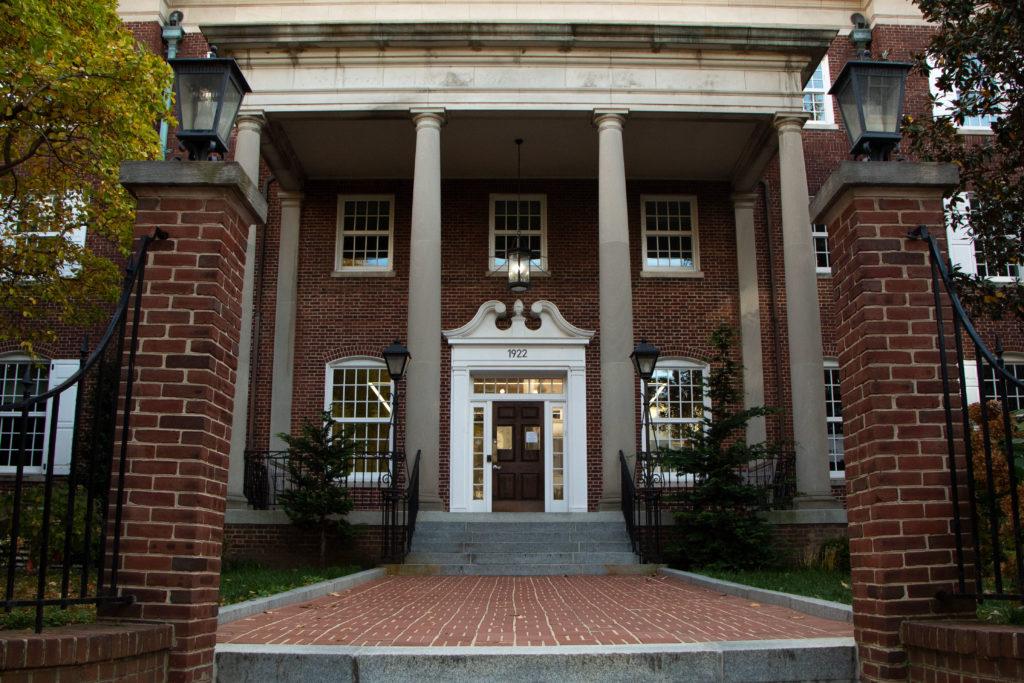Disabilities Support Services hosted an event last week that explored the academic study of disabilities.
The event, titled Accessing Alliances: Disability Studies Across the Curriculum, focused on areas of study that involve disability studies including English, history or women’s studies.
“This was a bridge-building event,” said Robert McRuer, English associate professor, who added that two GW students have created their own majors focusing on disability studies in the Columbian College of Arts and Sciences.
The symposium began Thursday night with a mini film festival in the Marvin Center Amphitheater. The festival was moderated by Sharon Snyder and David Mitchell, Disability Studies professors at the University of Illinois at Chicago. Films presented were from all over the world.
“These films can change attitudes,” Snyder said. “I don’t think (the film genre) has gone as far as it can. Most of the films are still low-budget.”
Snyder has won several awards for her documentaries, including grand prize at the Rehabilitation International’s Film Festival for her film, “Vital Signs: Crip Culture Talks Back.” The disability film genre has crossed many cultures, and often refutes misrepresentations of disability culture in Hollywood films, Snyder said.
McRuer said that the films and work in disability studies are not meant to encourage sympathy. Rather, the members in the field try to show how they have made and shape the disability culture.
Following the film festival, Friday’s events featured a keynote speaker and smaller discussions.
Christy Willis, director of Disability Support Services, said more than 100 registrants, from as far away as Vietnam, participated in the “cross-campus collaboration.”
Rosemarie Garland-Thomson, associate professor of women’s studies at Emory University, addressed the audience and spoke about her upcoming book, “Staring: How We Look,” which examines the relationship between the “starer and staree.” Thomson has done extensive work in the field of disability studies. She has written “Extraordinary Bodies: Figuring Physical Disability in American Literature” among other publications.
“People with disabilities are particularly good with dealing with staring,” Thomson said, adding that staring is a way of strongly reacting to another person whether it is due to curiosity, hostility or discomfort.
Thomson presented several images of notable “visual activists” who have worked to dispel the misconceptions associated with their physical appearances. One example includes Lori and Reba Schappell, conjoined twins. According to Thomson’s presentation, the twins learned to “work the crowd with dignity,” rather than attract pity.
Following the speech, GW professors and other professors led several small sessions that focused on topics such as disability studies and history, education, deaf studies, ethnic and global studies.







